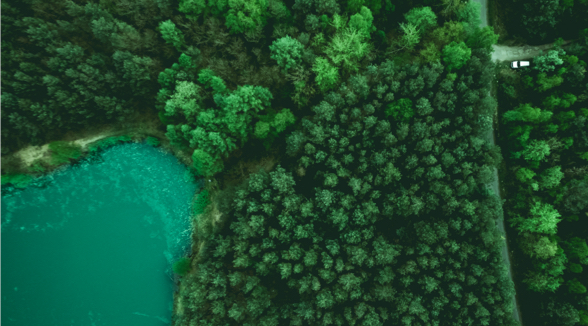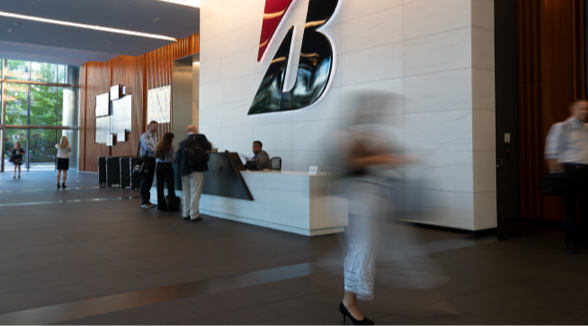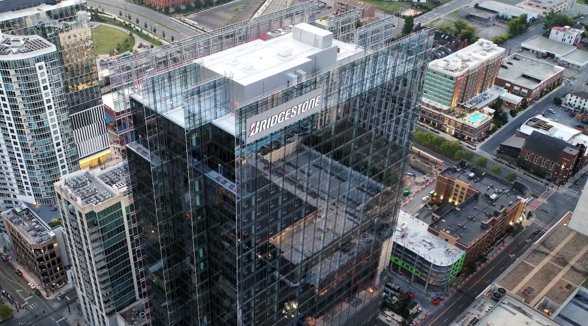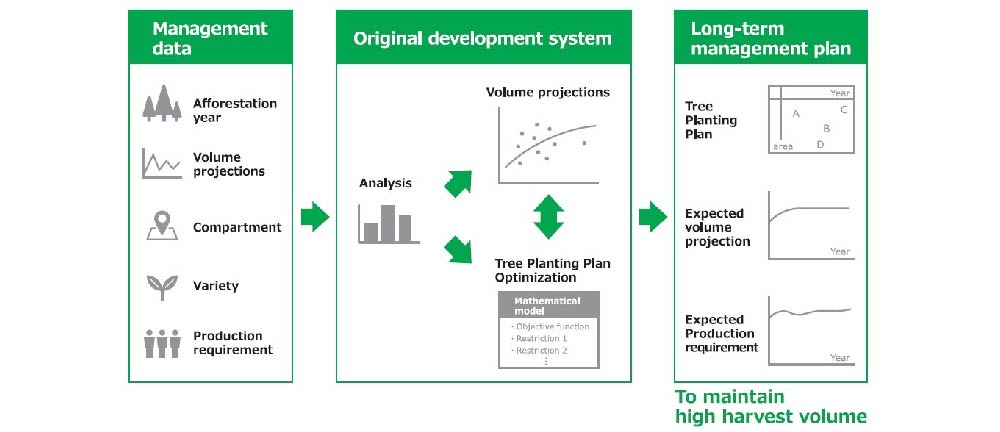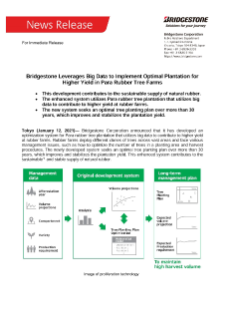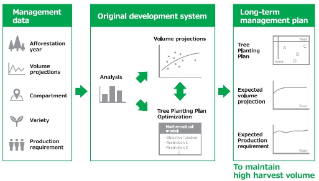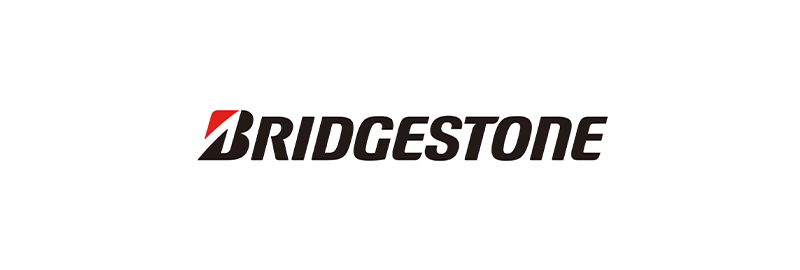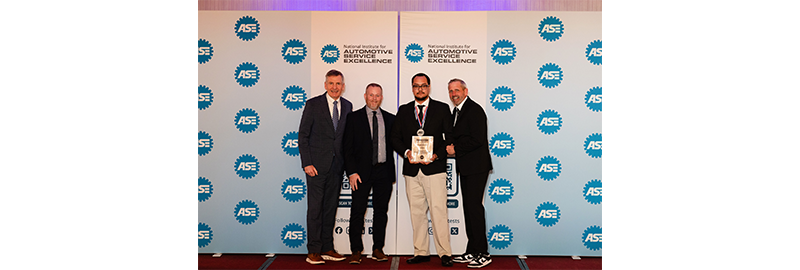Bridgestone Corporation announced that it has developed an optimization system for Para rubber tree plantation that utilizes big data to contribute to higher yield at rubber farms. Rubber farms deploy different clones of trees across vast areas and face various management issues, such as how to optimize the number of trees in a planting area and harvest procedures. The newly developed system seeks an optimal tree planting plan over more than 30 years, which improves and stabilizes the plantation yield. This enhanced system contributes to the sustainable*1 and stable supply of natural rubber.
Through the academic advice from the Institute of Statistical Mathematics at Research Organization of Information and Systems in Japan, the system employs a mathematical model that incorporates a multitude of factors, including soil health, disease management, and clone potential, among candidates. The final model is specified based on the rubber farm management expertise of Bridgestone.
To achieve the company’s vision, “2050, Bridgestone continues to provide social value and customer value, as a sustainable solutions company”, Bridgestone have set a new environmental mid-term goal, Milestone 2030, to further promote the challenges of "decoupling" the growth of its business from its environmental impact and increased resource consumption. The company provides solutions through innovation to contribute to safer and more secure transportation, as well as it will further reduce its impact on the environment by contributing to CO2 reduction and realizing the circular economy including expanding renewable resources.
Bridgestone will continue to evolve technological innovations by combining our unique rubber knowledge with digital technologies and will co-create value through the work with various partners.
Background on Leveraging Big Data to Implement Optimal Plantation for Higher Yield in Para Rubber Tree Farms
Utilizing this model in conjunction with yield projections derived from rubber tree farm data, including time series yield data and spatial farm data, the system uses a mixed-integer programming approach to derive an optimal solution on which clones of trees should be planted when, where, and in what quantity in order to maintain high natural rubber productivity. Going forward, Bridgestone will further customize the system before offering it for use at other farms with the aim of contributing to a sustainable and stable global supply of natural rubber.
In 2050, the global population is projected to reach 9.6 billion while the number of automobiles owned will exceed 2.4 billion. Accordingly, the amount of materials needed for tire production is expected to increase. Meanwhile, there is a push to decouple economic growth from environmental impacts, as indicated in the United Nations Sustainable Development Goals. The natural rubber currently used to produce tires is extracted for the Para rubber tree, which primarily grows in Southeast Asia. Issues associated with this tree include risks of disease and the depletion of tropical rainforests attributable to the expansion of the areas of land on which Para rubber trees are grown. Bridgestone is working to address these issues by diversifying and expanding its sources of natural rubber. One such initiative is the research and development pertaining to improving efficiency in the production of Para rubber tree-derived natural rubber. In addition, the Company is advancing initiatives for supporting sustainable business activities with technologies that contribute to the stable supply of natural rubber. Through these efforts, we aim to utilize these technologies to achieve business sustainability while reducing environmental impacts on into the future.
*1The Bridgestone Group defines sustainable materials as materials “1) that come from resources with a guaranteed continual supply, 2) that can be used as part of our businesses over the long term and 3) that have a low environmental and social impact over their lifecycle from procurement to disposal.”


